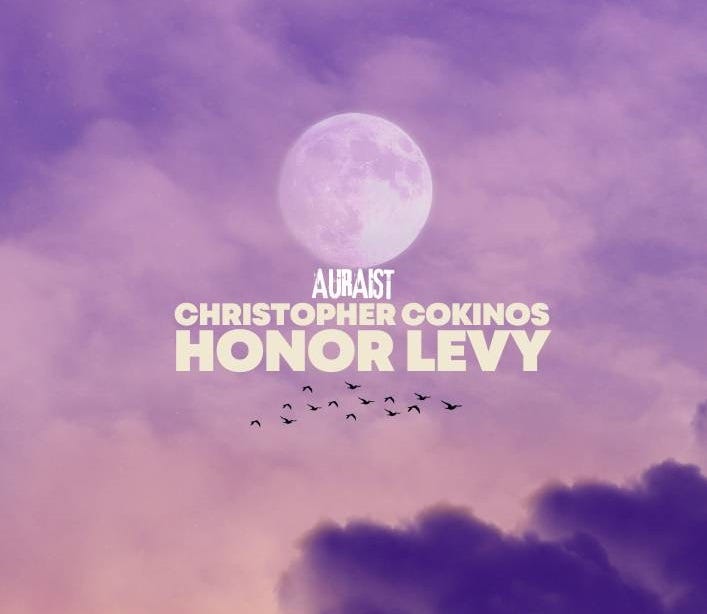A masterclass on prose style by Christopher Cokinos
Detailed discussion of style in nonfiction by the author of Still As Bright ^ Plus our next pick from the recent releases in literary fiction
Photo by Silas van Overeem
Firstly, an apology for that email mistakenly sent out an hour ago. Not quite sure what happened there.
In today’s issue:
—’How many nonfiction writers are, for example, cons…
Keep reading with a 7-day free trial
Subscribe to Auraist. The best writers on Substack. to keep reading this post and get 7 days of free access to the full post archives.


